It’s always the perfect time for you to make fitness a priority, whether life got in the way, or it’s just time for a change. It doesn’t really matter what your fitness goals are. You could be trying to add on 20 pounds of muscle, lose 20 pounds of fat, or maybe you just want to work on your health with a focus on longevity.
Whatever the case, reaching your fitness goals comes down to establishing a lifestyle that is (1) healthy, (2) manageable, and (3) long-lasting.
In this blog, I’m going to talk about two things I think are absolutely critical to this:
- 1.Establish a habit of daily movement or exercise – because of the innumerable benefits this has on your physical wellbeing, your mental wellbeing, and even your mood.
- 2.Understanding how habits work – because no matter who you are, willpower isn’t enough to help you build the habits you want and get rid of the bad habits you don’t want.
Let’s start with the first part: Establishing a habit of daily exercise.
I think it’s important that everybody establish a habit of some sort of daily exercise. You don’t have to go to the gym for an hour every day in order to do this – it’s more important that you find something you enjoy, something that’s manageable, and something that you can work into your existing lifestyle without making drastic changes (more on this later!)
For this particular habit, it’s important that the activities you choose have at least some immediately noticeable benefits. You’re unlikely to do something for more than a couple weeks if it makes you feel horrible.
For this reason, it’s important that you choose fitness activities that are appropriate for your current level of fitness. It’s much more important than getting a six-pack in the next month – this is about establishing a habit in which you dedicate a portion of every day to maintaining and improving your physical well-being, because only when you do this can you realistically expect to achieve any sort of fitness goals, 6-pack or not.
Believe it or not, it is possible to exercise and not feel like death afterwards. It’s possible to do a workout one day, and then wake up without your joints feeling terrible. In fact, your exercise should help you feel great and get stronger. Soreness, yes. Joint pain, no!
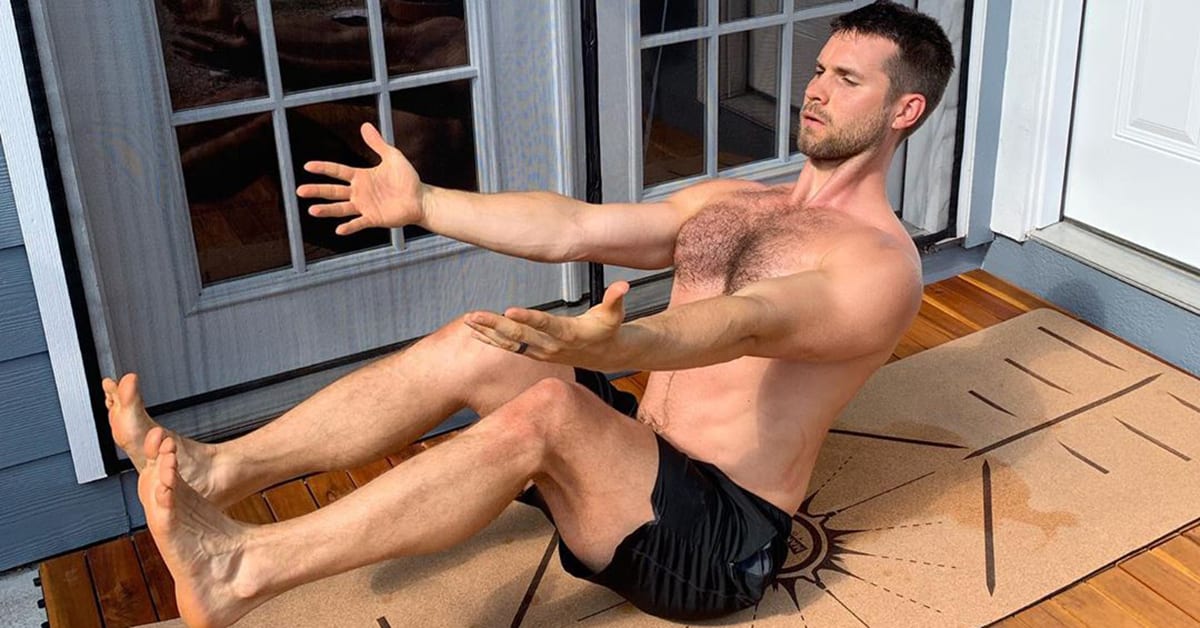
If your workouts regularly cause your pain, it’s probably due to one or more of the following:
- 1.Bad or inappropriate programming – if you’re following along to a program that constantly leaves your joints aching, not sleeping well because you’re overtraining, or otherwise dreading your next workout because you’re feeling like all you want right now is a nap, then the program you’re following probably isn’t appropriate for your current fitness level. That isn’t to say that you won’t be able to do this program later on, or to say that this program is a “bad” program, but it does likely mean that it’s just not appropriate for you at this given time.
- 2.Weakness – I hate to break it to you, but if you’re getting hurt from your workouts, it’s because you have weaknesses that need to be addressed. This could be an injury, muscle weakness, or it could be a lack of functional flexibility/mobility that allows you to go through your exercises properly.
- 3.Bad technique – You could be moving too quickly without attention to form, you might not know the proper technique to begin with, and you might not be using the proper muscle groups. If you’re using bad technique, your body is going to feel it sooner or later – and not in a good way.
- 4.Not paying attention to other aspects of your fitness – you could be doing all the right things in your workouts, but if you aren’t paying enough attention to your sleep, your diet, and your stress management, then you’re not going to see the success you want with your workouts.

Want the high-intensity workouts all the time?
If you were a former athlete, you have a high-achiever personality, or you just prefer high-intensity exercise, you’ll probably prefer a more intense workout. Unfortunately, that might not be appropriate for you anymore – not right now, at least. Especially if you’re spending much of your day sitting at a desk.
If you find that high-intensity exercise (HIIT workouts, bootcamp style routines, etc) are giving you pain or reawakening problem areas, the answer is to NOT to grit your teeth and push through it. Instead, you should take time to focus on the weaknesses and imbalances that are causing the pain in the first place.
This is why I think something like Man Flow Yoga is so useful, because it helps you to build a solid foundation of fitness, to address the imbalances that are continually reinforced as a result of living a sedentary lifestyle (working at a desk, standing at a workstation, or any job with relatively little movement), and to work on mobility – because it helps enable to do the physical activities you wish to do without pain or restriction.
The bottom line here is that we should establish a habit of daily exercise, and that the exercise should be: (1) appropriate for our current fitness levels, (2) manageable, and (3) help us to improve our overall physical feeling (whether that’s overall energy, sleeping better, or healthy muscle soreness).
It should NOT make us feel awful and dreading our next workout, and if you do feel that way, it means that you need to make changes to your exercise habits to make it more sustainable.
Looking For A Program?
If you’re interested in starting a yoga program with Man Flow Yoga to gain strength, flexibility, and mobility, BUT don’t know where to start, we got you covered!. Give our FREE 7-Day Challenge a try. Sign-up below! Signup for the FREE 7-Day Challenge
The second part that I want to discuss: Understanding how habits work.
I think there are a lot of misconceptions that make it hard for us to establish new patterns of behavior, so I want to introduce a few concepts that will help to shift your mindset regarding habits:
- You cannot reasonably expect to implement more than one habit at a time.
- Willpower alone is not an effective method for building new habits (or getting rid of bad ones).
- Habits can only be changed once you are aware of how they work.
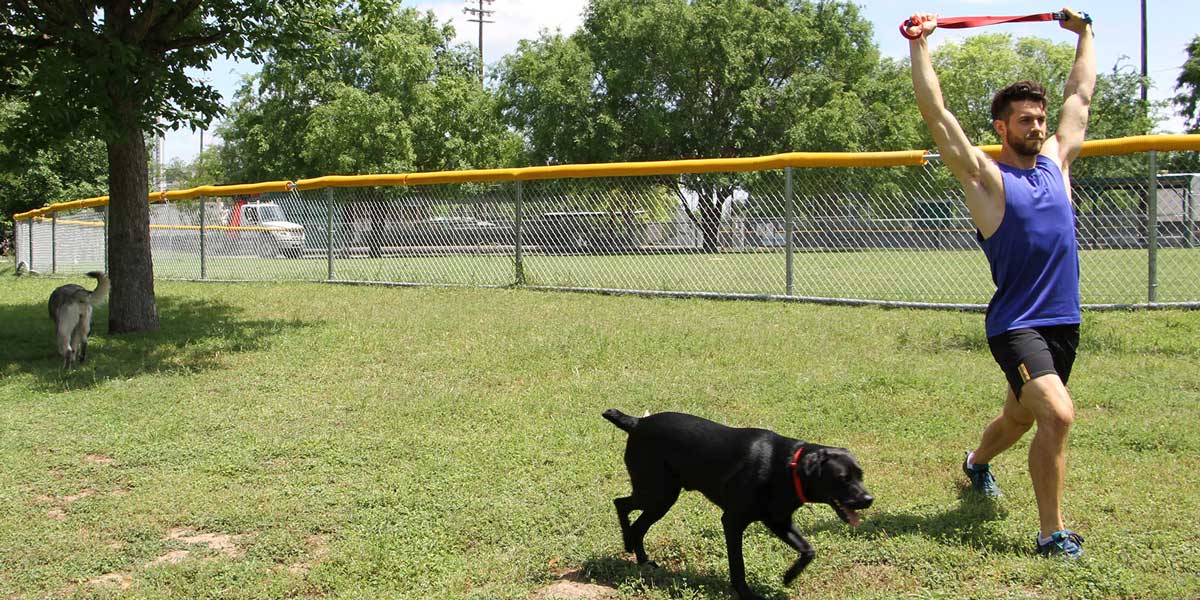
One new habit at a time.
We like to set big plans for ourselves. I’m guilty of it, too. We get super excited about creating a new lifestyle for ourselves. You might even go so far as to write out a weekly schedule template, going through all of the new activities you want to do. As you write it, you know that it will be hard, but you believe that you’ll be able to stick to it somehow.
And then life happens. The first week, 3 days in, something comes up that prevents you from doing your workout. Maybe a couple weeks later a recurring issue with your knee or your back prevents you from doing your workout of the day. A particularly stressful work day makes it so that the last thing you want to do is to go home, do your workout, and then cook a healthy meal for yourself. (Why do that when ordering takeout is so much easier?)
Most of us have too much going to already to take on anything else. Parkinson’s law states: “work will expand such that it fills the available time for its completion”. In other words, no matter what your current workload is, you’re probably using all of your available time to do it.
This is just one of many reasons why it’s unlikely that you can build any more than one new habit at a time. In a study quoted by James Clear’s Atomic Habits, 91% of people who attempt to start 2 new habits at once are unsuccessful.
Simply stated, you likely don’t have the energy to implement any more than 1 desired behavior at a time – and if you think that your willpower is enough, think again.
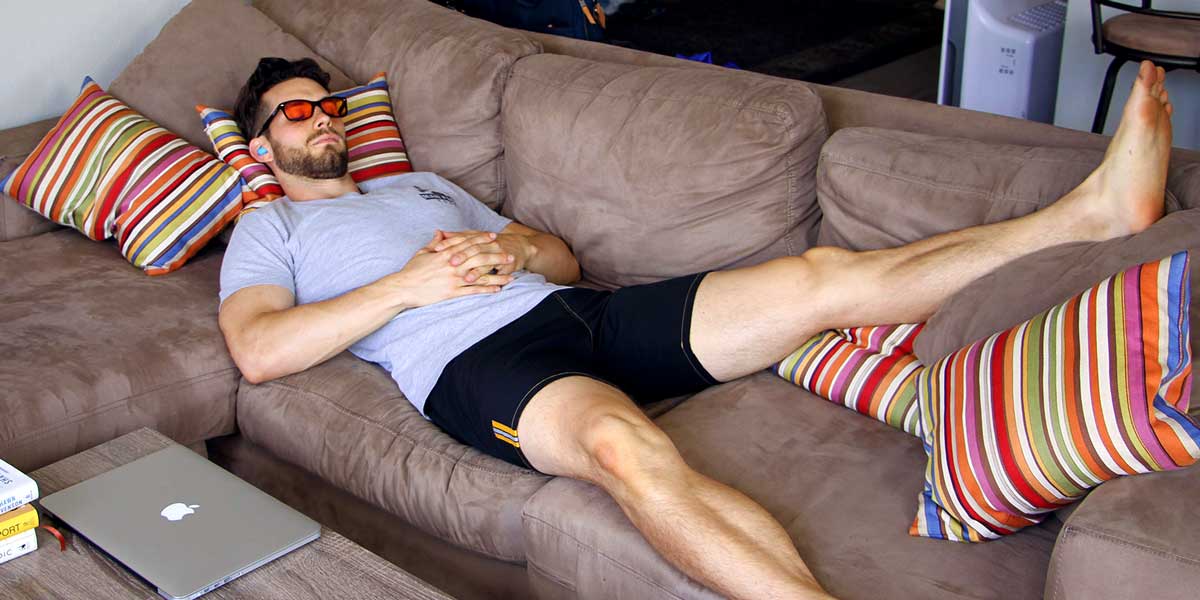
Willpower alone is not enough to build new habits.
This might be true if you’re Jocko Willink, David Goggins, or Tony Robbins. But for the majority of us, who aren’t superhuman, willpower runs out. And when it does run out, you’ll have nothing left to reinforce your habits.
Can your willpower be increased? Absolutely! Willpower, just like a muscle, can be strengthened. And working out is one of the best ways to do that. I believe that there is nothing better suited to developing willpower than a workout. It’s one activity in which even an extra 10 seconds makes a huge difference. It’s immediately measurable whether or not you pushed yourself or not. And it almost always has a finish line.
But eventually that endurance runs out, and willpower needs recovery time, just like any muscle. And if you ignore it and continue to push yourself, you’ll start to exhibit the physical symptoms of being overworked. You’ll literally work yourself to the point of sickness.
So if willpower is only part of the equation when it comes to building new habits, what else is there?

We need to understand the science behind how habits are formed.
If we can do that, we can understand how to plan in advance, how to manipulate our environment, and how to build systems for ourselves that allow us to build desired habits (and get rid of bad ones) with as little friction as possible.
The first step to changing our habits is having awareness of how they work. While most of us think of habits as a repeated action, every habit can be broken down into 4 components: a trigger, craving, routine, and reward.
When we examine the components of a habit individually, we gain the necessary awareness to manipulate these components, to understand how to:
- Make the trigger more obvious – alter our environment to remind ourselves to engage in a desired habit
- Make the craving more desirable – Make ourselves really want to do something
- Make the activity convenient – Take actions to make a desired action easier to complete
- Make the reward more satisfying – Incentivize ourselves with greater rewards to better reinforce the habit.
These ideas are drawn directly from James Clear’s book, Atomic Habits. If you’re interested in habit change, I highly recommend reading it.
If we can truly understand these 4 components of the habit loop, then we can dissect every habit (whether it’s one we’ve established or not), understand what can be done to make it easier to reinforce, and have much longer-lasting success with establishing these habits.
So to get started
- Establish a habit of daily exercise; with workouts that are appropriate for your fitness level.
- Understand the science behind habit-building, so that you can work WITH rather AGAINST your brain.
Is daily exercise and an understanding of habits all it takes? Unfortunately, no. I don’t want to lie to you and make it sound that simple. As mentioned previously in the blog, if you aren’t paying attention to your sleep, what you eat, or your stress management, you’re not getting the entire picture.
But if you can exercise regularly and begin to apply your knowledge of habit formation to your lifestyle, you WILL have a great start to building the healthy lifestyle you want to live – and in a way that’s setting you up for a greater chance of success!
These are two topics that I am personally very passionate about – almost as much as I am about teaching yoga in a way that’s guy-friendly and fitness-focused.
Additional Resources
About the author, Dean Pohlman, Founder & CEO of Man Flow Yoga, Author of Yoga Fitness for Men, Expert on Yoga Fitness for Men.
Looking for non-spiritual, yoga for men workouts?
Learn More About Man Flow Yoga and how it can help you with your fitness goals:
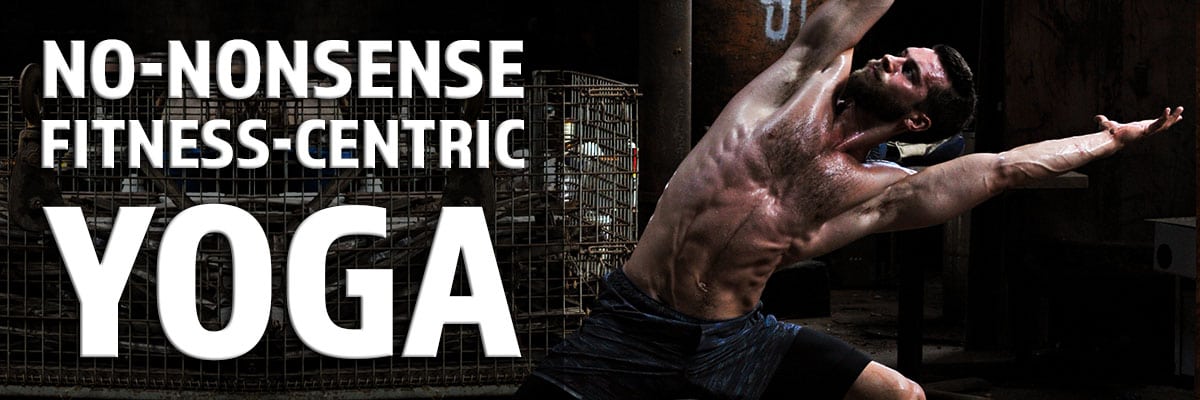 Join Today for Instant Access!
Join Today for Instant Access!
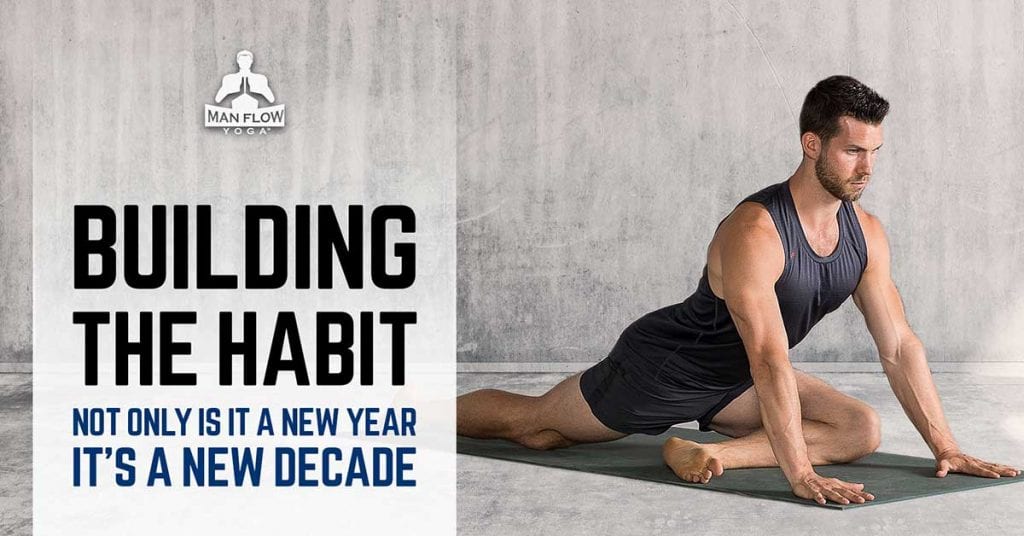



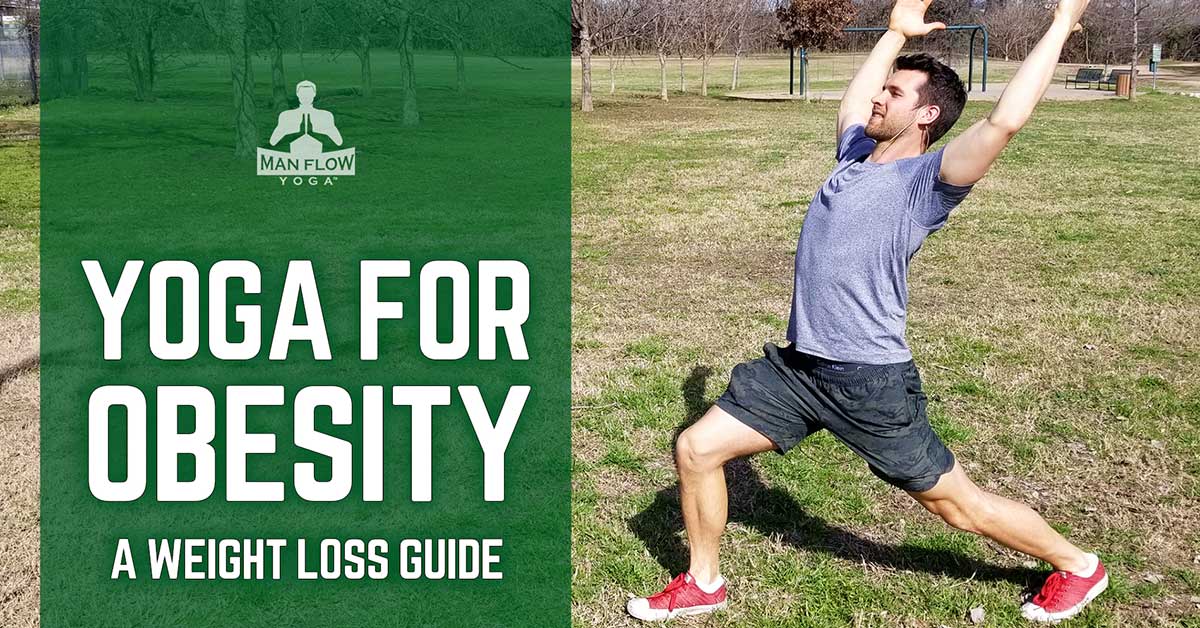
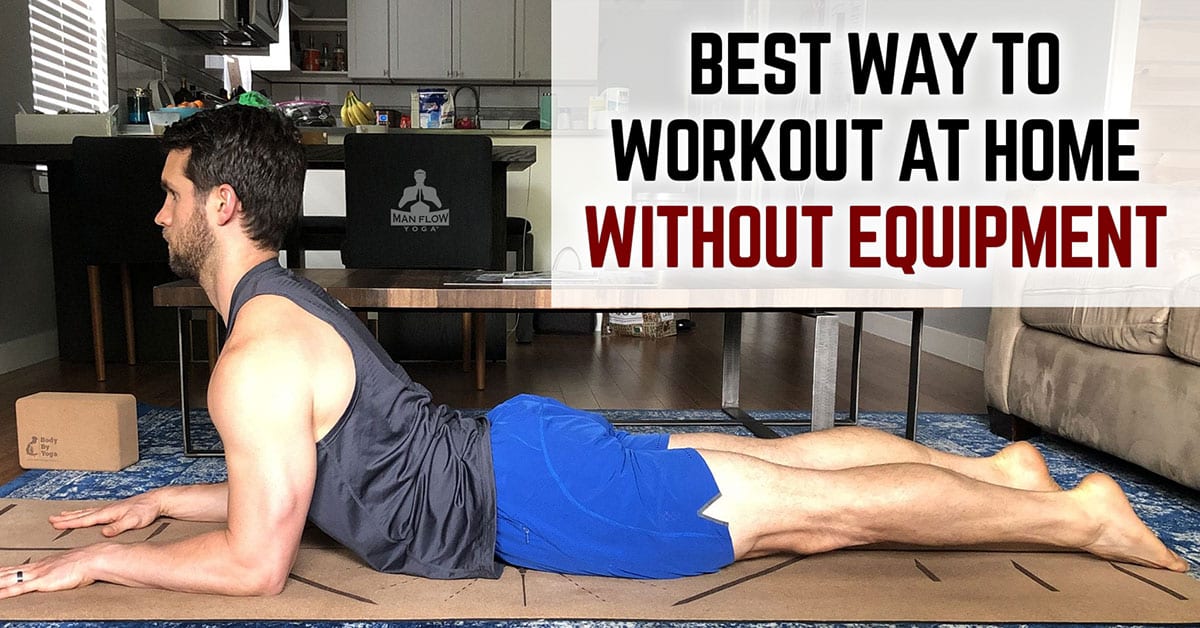
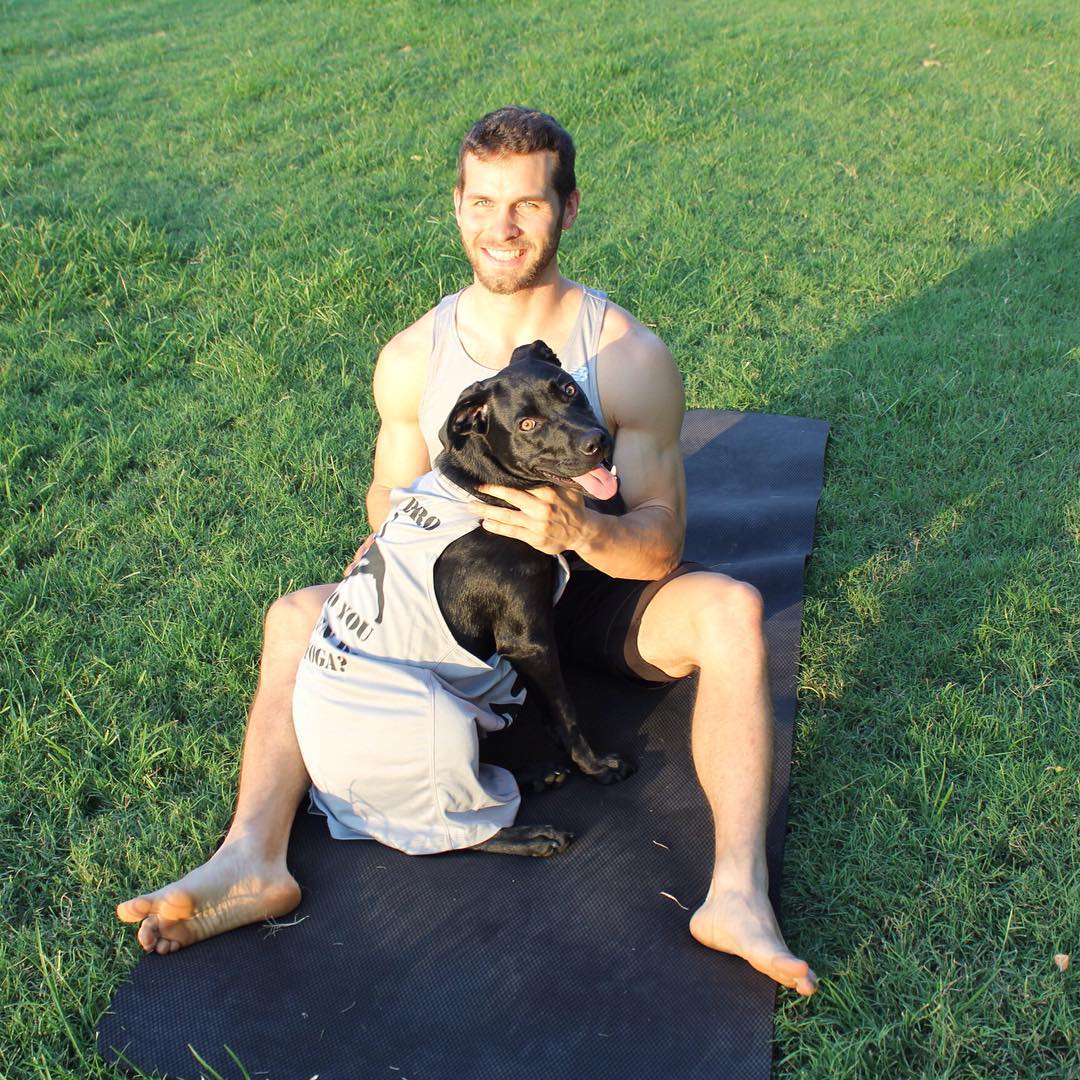
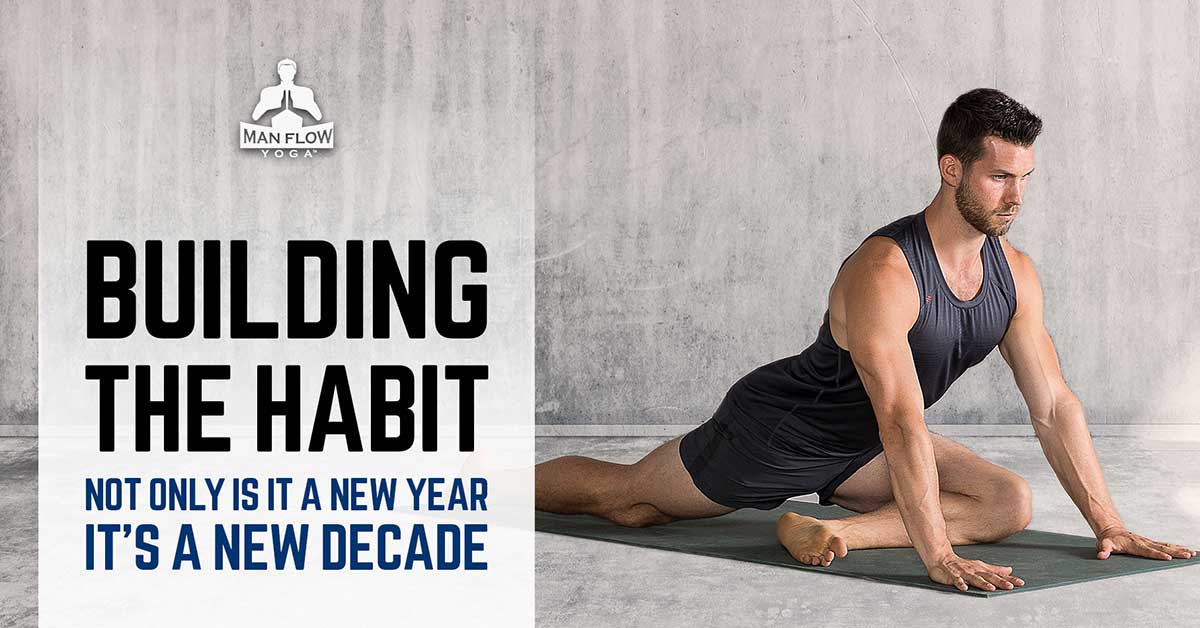
Looking forward to more information
Great to hear, Tim!!
Read The Seven Habits of Highly Successful people in the early 90’s. The 7th habit is Sharpen the Saw. Since then, I have been practicing a philosophy of working out every day that I can always in the morning to eliminate excuses Get up at 4:30, have a coffee and work out between 5 and 6am. I vary my workout from Soinning and weights one day, and Manflow Yoga the next day and alternate. I also track every workout via FITIV Pulse app. All of it is simple, but it requires discipline. It does tremendous benefits to all other aspects of my life and my favorite sport golf. Great blog Dean. Keep them coming and Happy Holidays.
Thank you, Bernie!! Great book, it’s one of my favorites. I try to re-read it once per year. Glad that you’ve been able to make Man Flow Yoga part of your saw-sharpening habit. 🙂 Hope you can join us on the Build The Habit Challenge…
Great article Dean. You’ve pretty much summed up every book, audiobook and podcast I’ve listed to on how to form healthy habits in a single article! You make a great point with not pushing through nagging pain which I’m guilty of doing currently with my strength training. Looks like I’ll be taking a break from it & going back to the basics with the upcoming MFY challenge. Looking forward to it!
Thank you, Firas!! That means a lot coming from you, I really appreciate it.
Yes that nagging pain is always indicative of a problem that should be addressed sooner, rather than later. 🙂 Finding that exercise that challenges you from a strength standpoint but doesn’t hurt your joints, and that isn’t always what we want to do.
Glad you’re joining us for the Challenge!